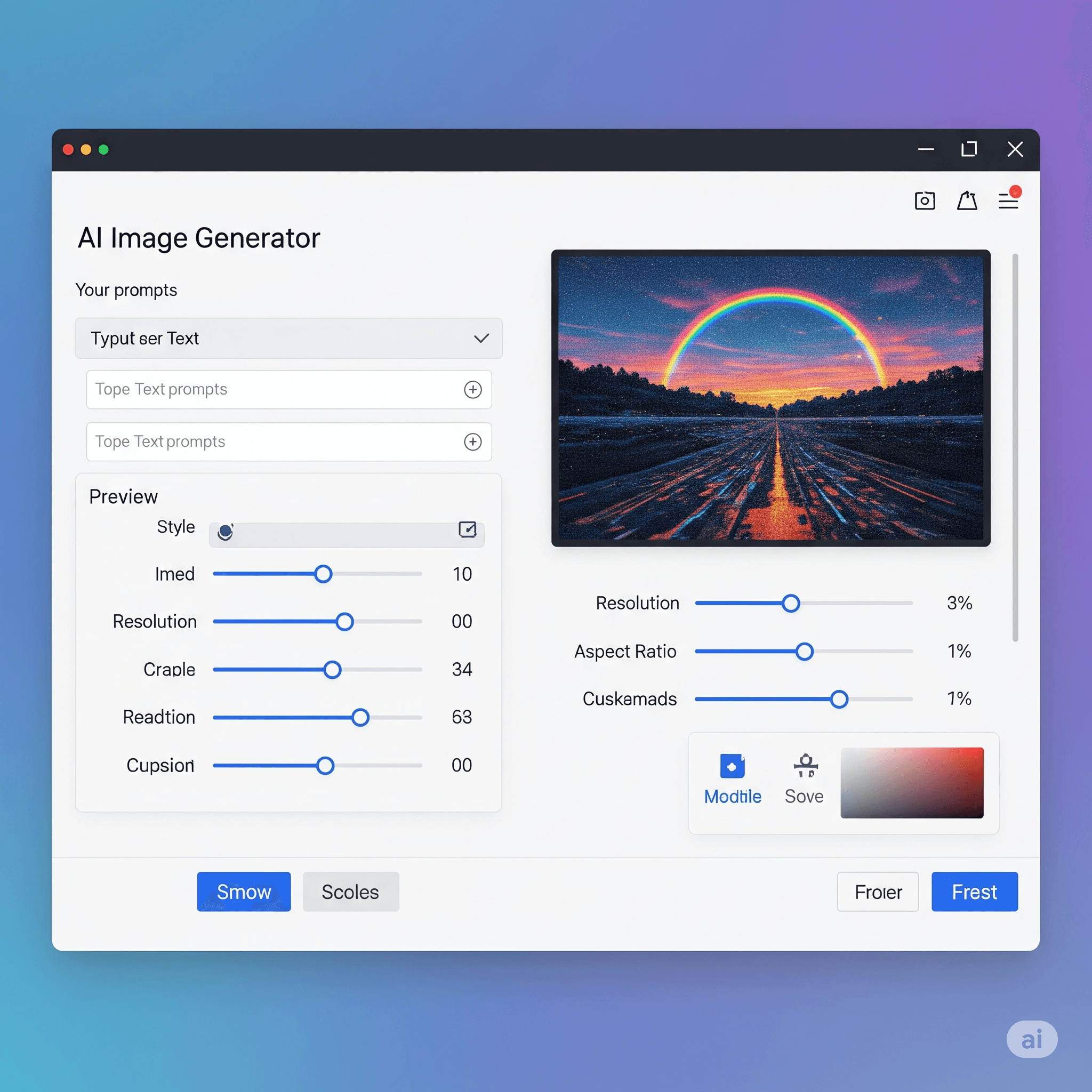Question: What is Request-Response Protocol?
Answer:
A request-response protocol is a communication pattern where one entity, typically referred to as the client, sends a request to another entity, known as the server, and the server responds to that request with a corresponding response. This protocol is widely used in various network communication scenarios, including the World Wide Web.
In this pattern, the client initiates the interaction by sending a request message to the server, specifying the desired action or information. The request message typically includes details such as the method (e.g., GET, POST, PUT) to be performed, the URL or resource path, headers for additional information, and sometimes a body containing data.
Upon receiving the request, the server processes it, performs the requested action, and generates an appropriate response message. The response message contains a status code indicating the outcome of the request (e.g., success, error), along with any requested data or additional information. Like requests, responses also include headers and, in some cases, a response body with data.
The request-response protocol is stateless, meaning that each request is treated independently without any knowledge of past interactions. The server does not retain information about previous requests from the same client unless explicitly implemented using techniques like session management or cookies.
HTTP (Hypertext Transfer Protocol) is an example of a request-response protocol commonly used for web communication. The client, usually a web browser, sends an HTTP request to a web server, which then responds with an HTTP response. The request-response pattern is also utilized in various other protocols, such as SMTP (Simple Mail Transfer Protocol) for email communication and FTP (File Transfer Protocol) for file transfers.
Overall, the request-response protocol provides a standardized and efficient way for clients and servers to exchange data and perform actions in a networked environment. It enables the flow of information and facilitates communication between different entities across the internet.
MCQ: HTTP is
Explanation:
A request-response protocol is a communication pattern where one entity, typically referred to as the client, sends a request to another entity, known as the server, and the server responds to that request with a corresponding response. This protocol is widely used in various network communication scenarios, including the World Wide Web.
In this pattern, the client initiates the interaction by sending a request message to the server, specifying the desired action or information. The request message typically includes details such as the method (e.g., GET, POST, PUT) to be performed, the URL or resource path, headers for additional information, and sometimes a body containing data.
Upon receiving the request, the server processes it, performs the requested action, and generates an appropriate response message. The response message contains a status code indicating the outcome of the request (e.g., success, error), along with any requested data or additional information. Like requests, responses also include headers and, in some cases, a response body with data.
The request-response protocol is stateless, meaning that each request is treated independently without any knowledge of past interactions. The server does not retain information about previous requests from the same client unless explicitly implemented using techniques like session management or cookies.
HTTP (Hypertext Transfer Protocol) is an example of a request-response protocol commonly used for web communication. The client, usually a web browser, sends an HTTP request to a web server, which then responds with an HTTP response. The request-response pattern is also utilized in various other protocols, such as SMTP (Simple Mail Transfer Protocol) for email communication and FTP (File Transfer Protocol) for file transfers.
Overall, the request-response protocol provides a standardized and efficient way for clients and servers to exchange data and perform actions in a networked environment. It enables the flow of information and facilitates communication between different entities across the internet.
Discuss a Question
Related Questions
- 1. The default size of block in Apache HDFS is
- 2. Payment Gateway refers to what?
- 3. “Collaborative application development” means?
- 4. Electronic Data Interchange (EDI) Means ?
- 5. Which of the following is not correct?
- 6. Match the following terms: <img src="http://examradar.com/wp-content/uploads/2017/02/web-internet-fundamental-mcq-3.png" alt="web-internet-fundamental-mcq-3" width="658" height="199" class="alignnone size-full wp-image-5277" />
- 7. To represent one billion (1 billion = 1000 million), minimum number of bits needed are
- 8. Match the following terms: <img src="http://examradar.com/wp-content/uploads/2017/02/web-internet-fundamental-mcq-4.png" alt="web-internet-fundamental-mcq-4" width="769" height="199" class="alignnone size-full wp-image-5278" />
- 9. “Hotspot” refers to
- 10. Which of the following is not a required component of Aadhaar card issued by UIDAI?
You may be interested in:
Web Fundamental MCQs






